DOG TRAINING OFFERED IN-PERSON AND ONLINEOur dog training services are delivered in almost any format that meets your needs. We have GROUP CLASSES at our indoor and outdoor facilities on our farm, ONLINE LIVE STREAMING classes, and SELF-PACED VIDEO-BASED training through our Online Dog Training Course. Our PRIVATE TRAININGS can be done in-home, outside, in public dog-friendly locations, at our facility on our farm, online via phone or video conferencing and through email. |
If your dog has ever been involved in a fight with another dog, you know what a scary and stressful situation it can be. Professionals often recommend not trying to break up a fight simply to avoid people being injured. For most of us, that’s hard to do if we fear for the safety of our dog.
People are often bitten when trying to break up a dog fight, not because the dog intended to bite the person but because the dog lashes out defensively at anything. Bites often occur when someone tries to grab a dog’s collar. While I understand the desire to break up a fight, if you do decide to intervene, you are always putting yourself at risk. However, there are ways to minimize your risk.
A client recently asked how to best break up fights between household dogs. Two of their three dogs get into fights on occasion. Neither has been seriously injured, but when my client ended up with a painful bite to her own hand when reaching in to grab collars, she decided it was time to ask my advice on a better way to break things up.
The very same day I sent her a list of possible ways to more safely break up a fight, I received a reply that she had the opportunity to put it to the test. Here’s the email:
Wanted to let you know that we actually got to practice your techniques last night.
The dogs were in a heightened sense because of trick-or-treaters knocking at the door. I had just finished reading your email to R & S got into it. I realized, “Oh, this is an opportunity to practice” so I took a second. [My husband], however, starts to reach down and I’m thinking, “Hello?? That’s the very thing she told us not to do”. Before I could say something he pulled back and then reached down and grabbed R’s tail and I followed suit and grabbed S’s tail. Had [my husband] not kept ahold of R’s tail, I think he might have gone “back in”. I let go of S’s tail and could tell he was, like you said, relieved that he wasn’t fighting. We put R. in time-out. It was so much nicer reacting calm-headed. I’m actually glad that I got a chance to practice so quickly so that it was fresh in my mind. Rather than grabbing collars, one of the methods I suggested was to grab a body part away from mouths (tails or torsos) and pulling dogs off balance and then away from each other once they release their grips on each other. I have used this method myself and it has worked well for me. Other options, depending on what you have available, is: There is no one method that will work in every situation, so the more options you have thought about in advance, the easier it will be to remain calm and break up the fight as quickly as you can without getting yourself hurt in the process. Hopefully, you will never have the need to try any of these methods. Preventing your dog from getting into a fight is always the best choice!
Our goal is to positively impact the lives of as many dogs and their families as we can, in part through our extensive library of video, infographics and text articles.
If you like our work, please consider supporting us through a donation!

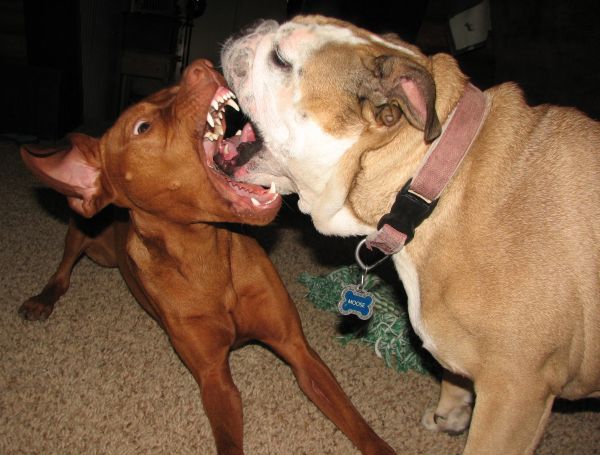

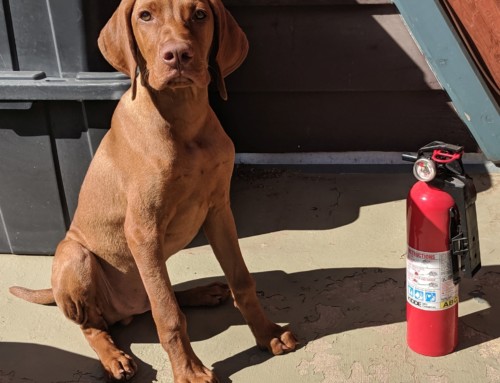

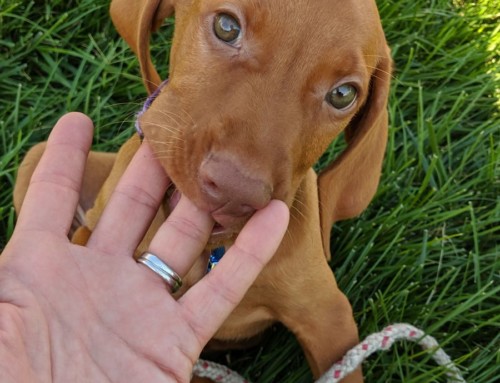


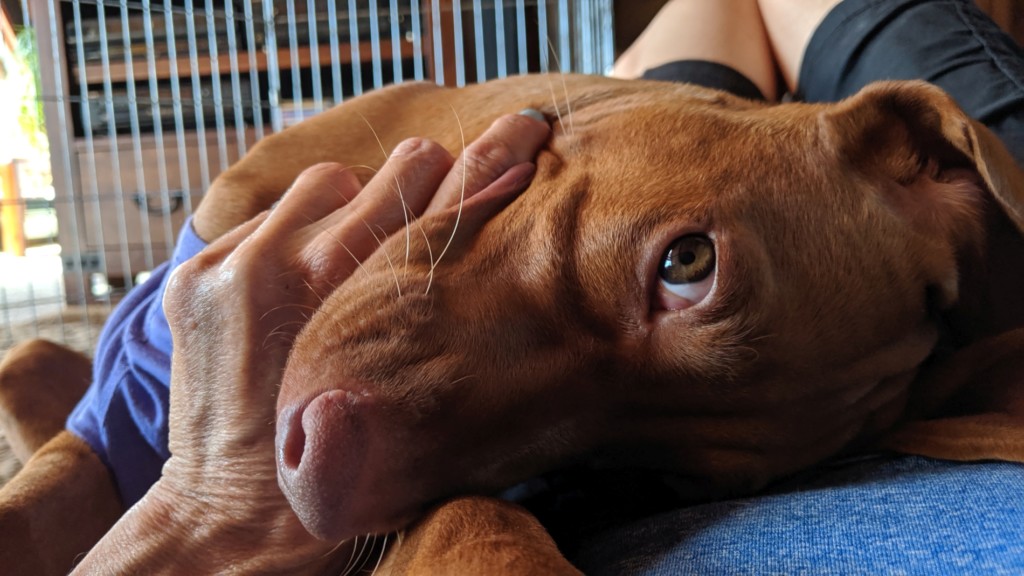
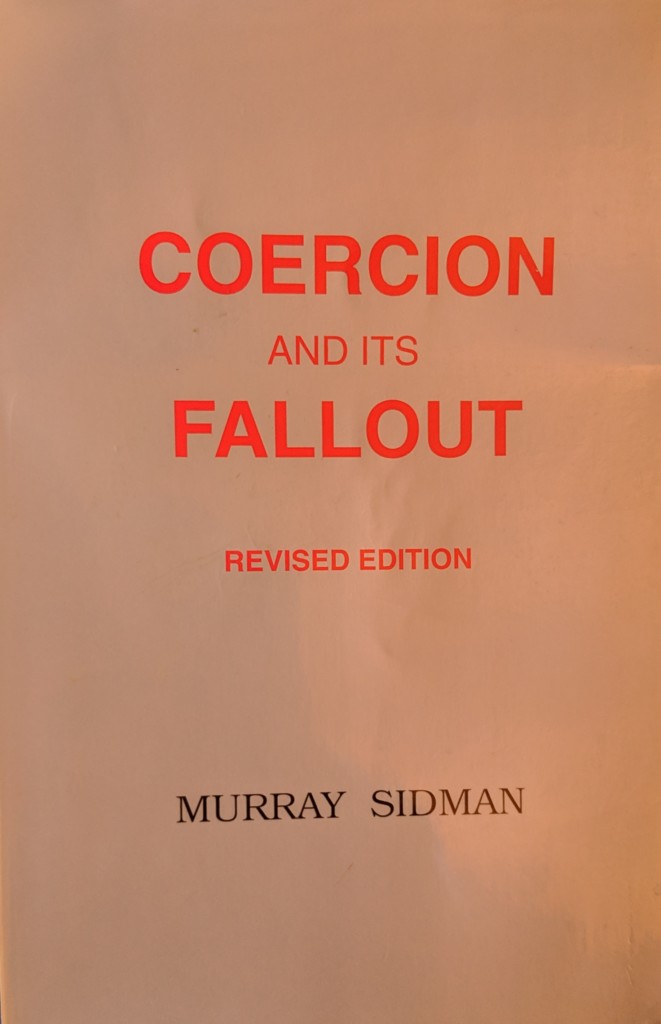
Leave A Comment